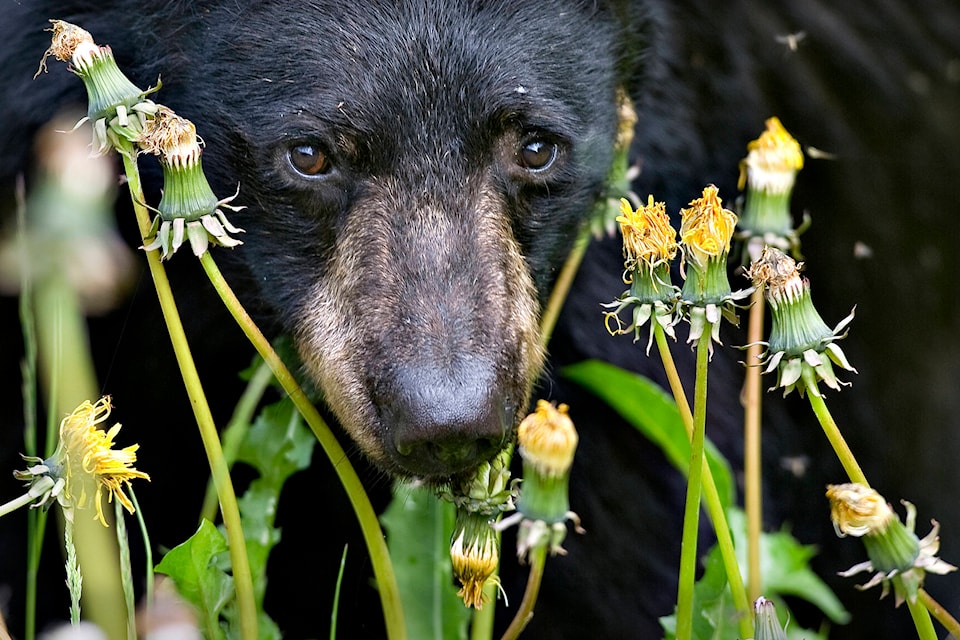There has been an increase in bear sightings in populated parts of the Shuswap, particularly Blind Bay.
Conservation Officer Tanner Beck said bears walking the streets of subdivisions is nothing new and happens every spring and fall. He said issues with bears occur when they can get access to human-generated sources of food.
“It’s a people problem, not a bear problem,” Beck said.
Beck said there have been numerous calls about improperly stored garbage which has been scavenged by bears. He said garbage should be stored in a structure like a shed or garage until it is ready to be taken to the dump.
Read More: Chef brings farm-to-table approach to new Salmon Arm restaurant
Read More: Gas prices rising across the Okanagan, Shuswap
The conservation officer said it is a common misconception that garbage bins marketed as “animal resistant” are sufficient to keep trash safe from bears. Beck said the bins may keep out a raccoon or other small scavengers, but they are no match for black bears. There are bear-resistant containers on the market, including one produced by Kodiak products.
Beck said a live trap placed at a Blind Bay property has not been successful so far.
Read More: Strong thunderstorms expected for Shuswap, Okanagan this weekend
Read More: Shuswap Emergency Program warns residents to prepare now for flooding
Provincewide, conservation officers are conducting bear attractant patrols. In a May 25 Facebook post, the Conservation Officer Service announced patrols are starting up in response to the spring increase in bear activity and asked the public to do their part in ensuring bears don’t gain an appetite human food waste. Bears accustomed to getting food from human sources creates a risk for people and bears.
“As the COVID-19 outbreak means more people stay home, this creates opportunity for garbage and other attractants to pile up – but also more opportunities to manage them,” said Chief Conservation Officer Doug Forsdick.
“We hope people take this opportunity to assess their properties for potential attractants and ensure they are properly stored. Communities where attractants are managed properly experience fewer human-wildlife conflicts and fewer animals destroyed.”
jim.elliot@saobserver.net
Like us on Facebook and follow us on Twitter
